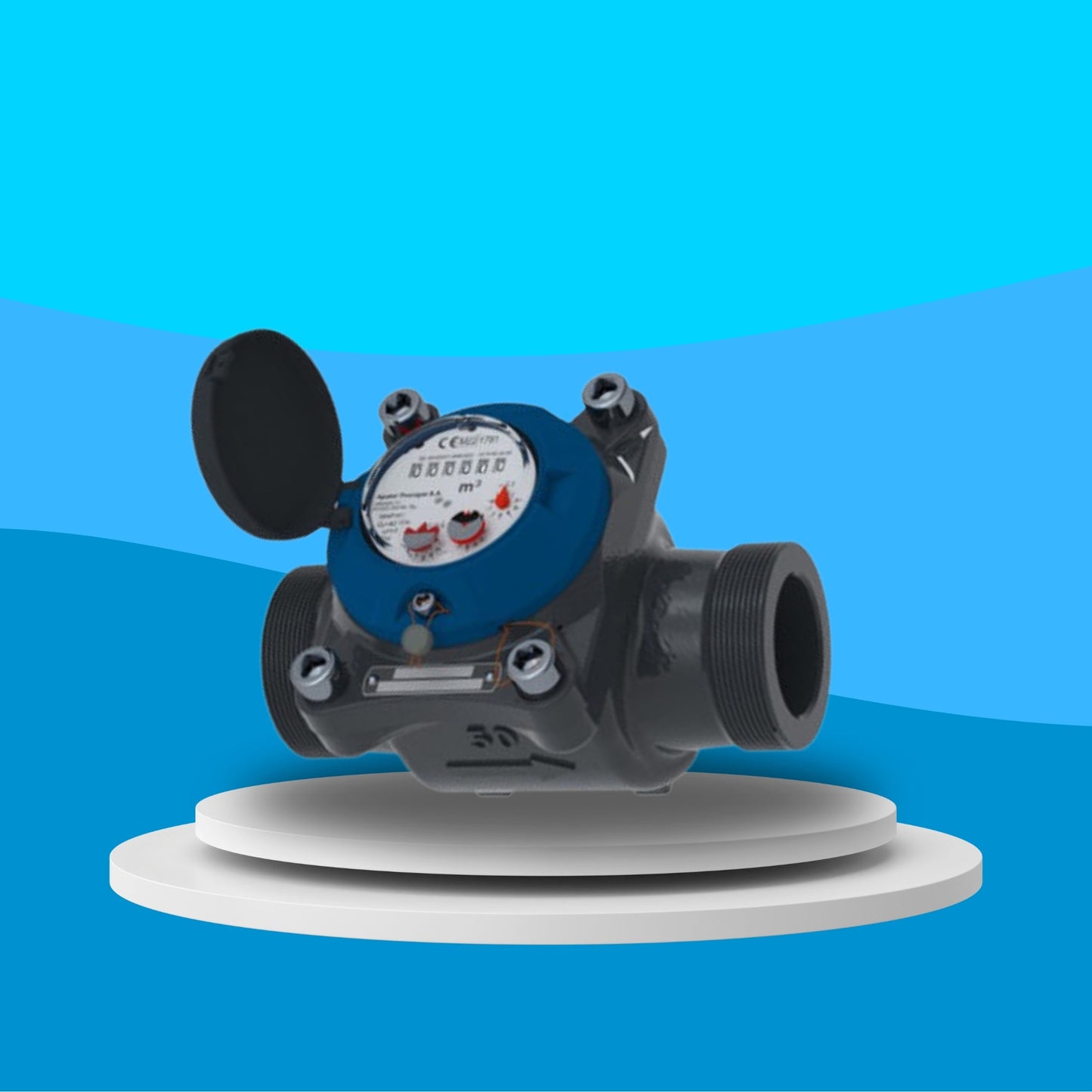Wras Valves
Wras Approved Threaded BSP Water Meter (Dry Dial)
Wras Approved Threaded BSP Water Meter (Dry Dial)
Couldn't load pickup availability
The WRAS Approved Threaded BSP Water Meter (Dry Dial) is a precision-engineered solution for accurately tracking water consumption in residential, commercial, and light industrial applications. Built to meet strict WRAS certification standards, this water meter ensures full compliance for potable water use across the UK, offering a safe and dependable measurement device for both installers and end users.
Featuring a dry dial register, the meter’s measuring components remain separated from the water flow by magnetic coupling, keeping the dial free from condensation, dirt, and water ingress. This design delivers long-lasting readability and performance in demanding conditions. Rated to Class C accuracy, it provides precise measurement even at low flow rates, ensuring reliability for billing, monitoring, and water management.
WV - WM02 B
Share

FAQ's
What is the difference between a valve and an actuator?
What types of actuators are available?
The main types of actuators are:
Pneumatic actuators – use compressed air for fast, reliable operation.
Electric actuators – use electrical power for precise control.
Hydraulic actuators – use fluid pressure for high-torque applications.
Each type offers unique advantages depending on the environment, media, and system control needs.
How do I choose the right actuator for my valve?
To select the correct actuator, consider:
Valve type and torque requirement
Power source available (air, electric, or hydraulic)
Operating environment (temperature, humidity, hazardous area)
Control signal type (on/off or modulating)
Matching actuator torque and compatibility with the valve’s ISO mounting ensures reliable performance.
What are the main types of valves used in automation?
The most common valves in automated systems include:
Ball valves – for tight shutoff and quick operation.
Butterfly valves – for larger flow control with compact design.
Globe valves – for precise throttling and flow regulation.
Check valves – to prevent backflow.
Gate valves – for full bore flow isolation.
What’s the difference between a double-acting and spring-return actuator?
Double-acting actuators use air (or power) to both open and close the valve.
Spring-return actuators use air to open (or close) the valve, and a built-in spring to automatically return it to a safe position when power or air is lost — ideal for fail-safe operation.
How often should valves and actuators be serviced?
Regular maintenance intervals depend on operating conditions, but a good rule of thumb is to inspect every 6–12 months.
This includes checking for leaks, lubrication, seal wear, and actuator responsiveness to prevent unexpected downtime.

